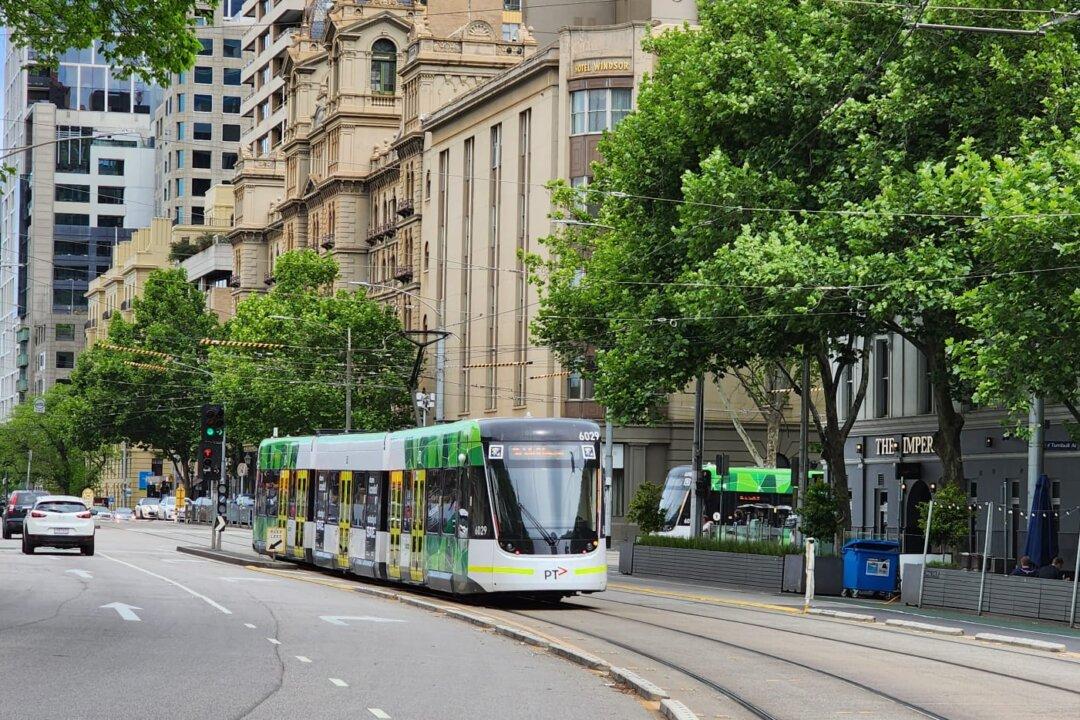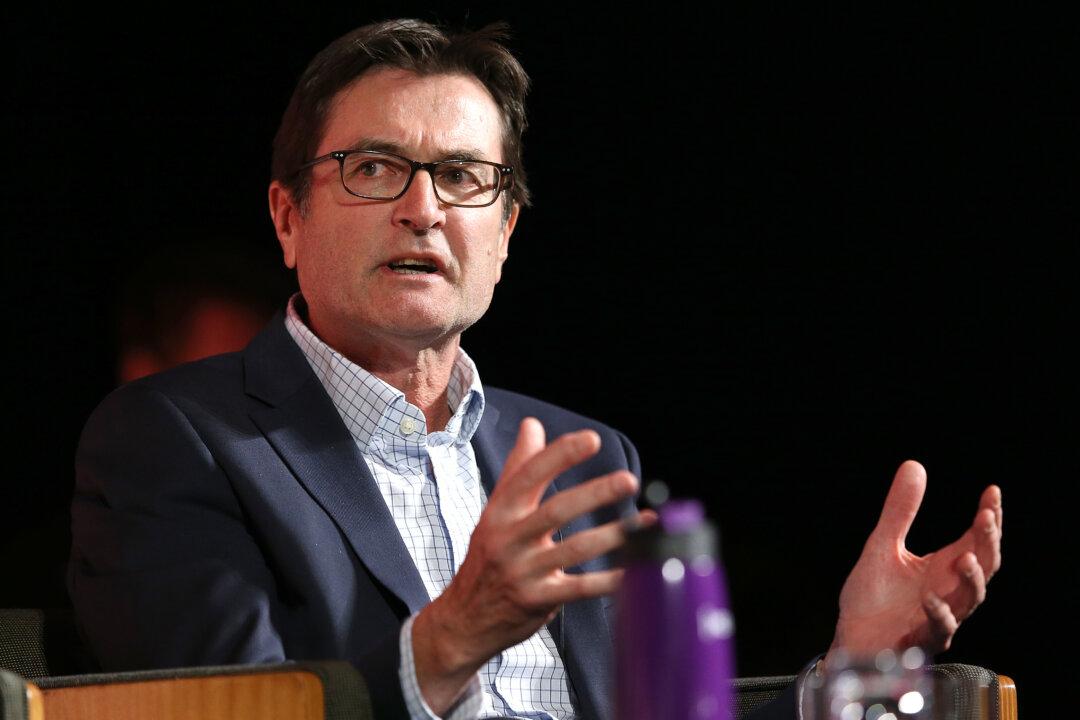Australia’s over-reliance on immigration at the expense of real productivity growth is costing everyday Aussies tens of thousands, says free-market think tank the Institute of Public Affairs (IPA).
According to an IPA research report released earlier this week, since the year 2000, Australians are $80,038 (US$53,771) worse off due to an increased reliance on population growth.





